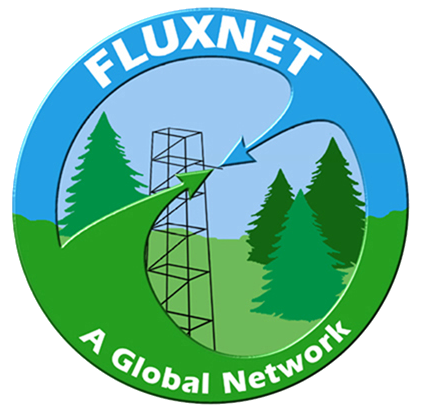To understand the carbon and energy exchange between the lake surface and the atmosphere, direct measurements of latent, sensible heat and CO2 fluxes were taken using the eddy covariance (EC)… More
The application of the eddy covariance flux method to measure fluxes of trace gas and energy between ecosystems and the atmosphere has exploded over the past 25 years. This opinion… More
Simulating the magnitude and variability of terrestrial methane sources and sinks poses a challenge to ecosystem models because the biophysical and biogeochemical processes that lead to methane emissions from terrestrial… More
Given that forests represent the primary terrestrial sink for atmospheric CO2, projections of future carbon (C) storage hinge on forest responses to climate variation. Models of gross primary production (GPP)… More
Predicted decreases in water availability across the temperate forest biome have the potential to offset gains in carbon (C) uptake from phenology trends, rising atmospheric CO2, and nitrogen deposition. While… More
In this paper, we analyzed 3 years of carbon flux data from continuous eddy covariance measurements to investigate how soil moisture, rain pulses, and growth alter the response of ecosystem… More
Agricultural drainage of organic soils has resulted in vast soil subsidence and contributed to increased atmospheric carbon dioxide (CO2) concentrations. The Sacramento-San Joaquin Delta in California was drained over a… More
To test the capabilities of newly available instrumentation and to explore the dynamics of carbonyl sulfide(COS) as a proxy for the measurement of canopy-scale gross primary production (GPP), we conducted… More
Ozone stress has become an increasingly significant factor in cases of forest decline reported throughout the world. Current metrics to estimate ozone exposure for forest trees are derived from atmospheric… More
We present the first canopy-scale, continuous, long-term flux measurements of a suite of oxygenated volatile organic compounds (OVOCs). Fluxes were measured above a ponderosa pine plantation, adjacent to the Blodgett… More
